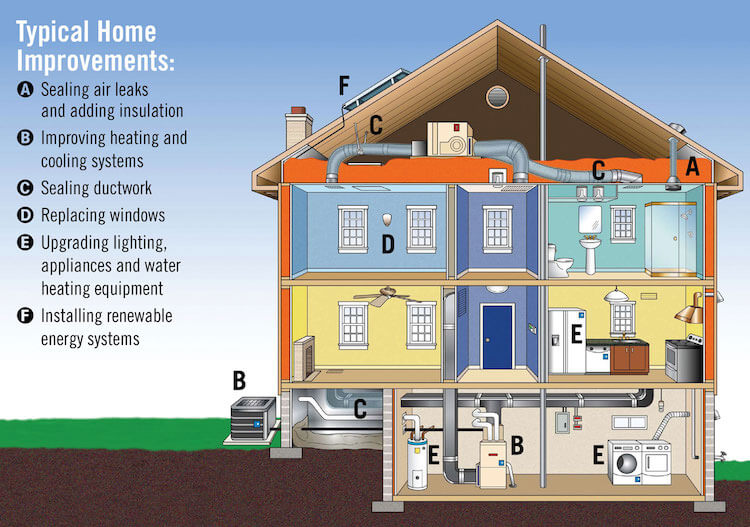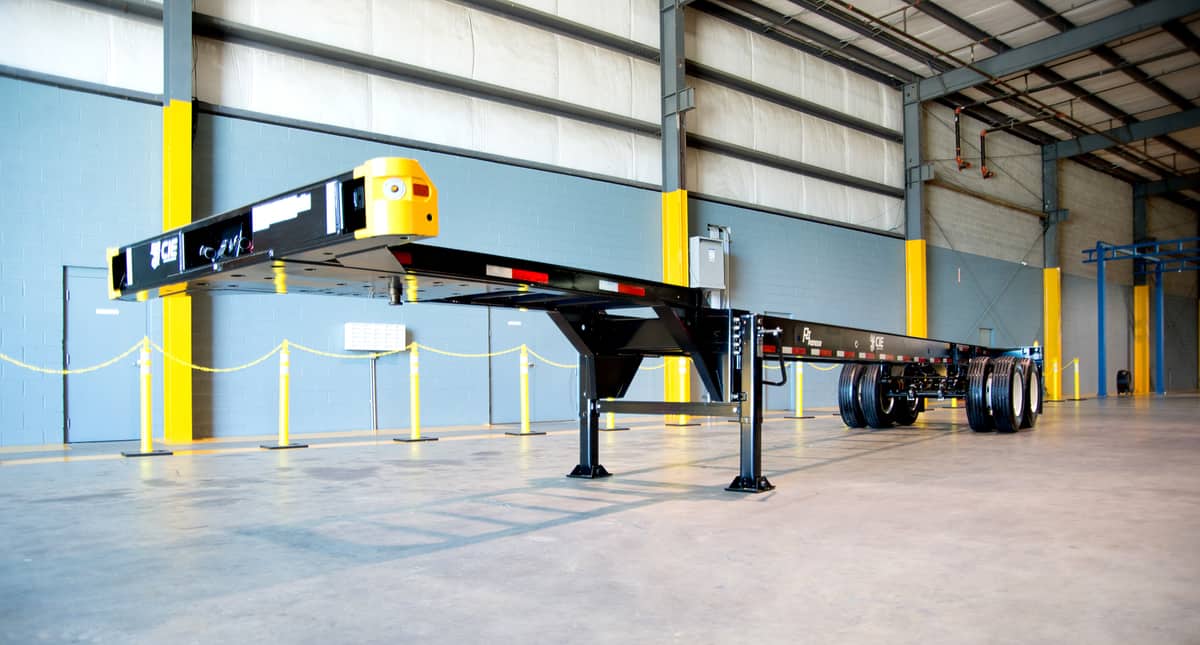
Advancements in Tidal Energy Technologies
As the world increasingly seeks sustainable energy sources, tidal energy technologies have emerged as a promising frontier. Leveraging the power of ocean tides, these technologies offer a clean and renewable energy alternative. In this article, we’ll explore the latest developments in tidal energy technologies and their potential impact on the global energy landscape.
Harnessing the Power of Ocean Tides
Tidal energy harnesses the natural rise and fall of ocean tides to generate electricity. This process involves the use of turbines submerged in tidal areas. As the tides move, the turbines capture the kinetic energy, converting it into electrical power. Unlike some renewable sources, tidal energy is highly predictable, as tidal patterns follow lunar cycles.
Types of Tidal Energy Technologies
There are two main types of tidal energy technologies: tidal stream systems and tidal range systems. Tidal stream systems, also known as tidal current systems, use underwater turbines similar to those in underwater wind farms. Tidal range systems, on the other hand, utilize the difference in water levels between high and low tides to generate energy through the use of barrage systems.
Environmental Impact and Sustainability
One of the key advantages of tidal energy technologies lies in their minimal environmental impact compared to traditional fossil fuels. Unlike fossil fuel-based power generation, tidal energy does not produce greenhouse gas emissions during operation. Additionally, tidal energy projects have a relatively small physical footprint, minimizing disruption to marine ecosystems.
Challenges and Innovations in Tidal Energy
Despite the promise of tidal energy, challenges exist, including high initial costs, maintenance difficulties, and the limited availability of suitable tidal sites. However, ongoing research and technological innovations are addressing these challenges. Advances in materials, design, and maintenance techniques aim to make tidal energy more cost-effective and accessible.
Global Tidal Energy Projects
Around the world, various countries are investing in tidal energy projects to diversify their energy portfolios and reduce reliance on non-renewable sources. Notable projects include the MeyGen tidal array in Scotland, which is one of the largest tidal energy projects globally, and the La Rance tidal power plant in France, a pioneer in tidal range systems.
Economic Opportunities and Job Creation
The growth of the tidal energy sector not only contributes to sustainability goals but also presents economic opportunities. The development, installation, and maintenance of tidal energy infrastructure create jobs and stimulate local economies. Governments and private enterprises are recognizing the potential for a green economy built on tidal energy technologies.
Integration with Other Renewable Sources
Tidal energy is often seen as a complement to other renewable energy sources, such as solar and wind. Integrating these sources in a hybrid approach enhances energy stability. For example, when tidal patterns are low, solar or wind energy can compensate, ensuring a continuous and reliable power supply.
Tidal Energy Technologies: A Link to the Future
With advancements in tidal energy technologies, the sector is poised to play a crucial role in the future of sustainable energy. The continuous innovation, coupled with increasing global awareness of environmental issues, positions tidal energy as a significant player in the transition to cleaner and more sustainable energy solutions.
For more information on Tidal Energy Technologies, you can visit Tidal Energy Technologies.



